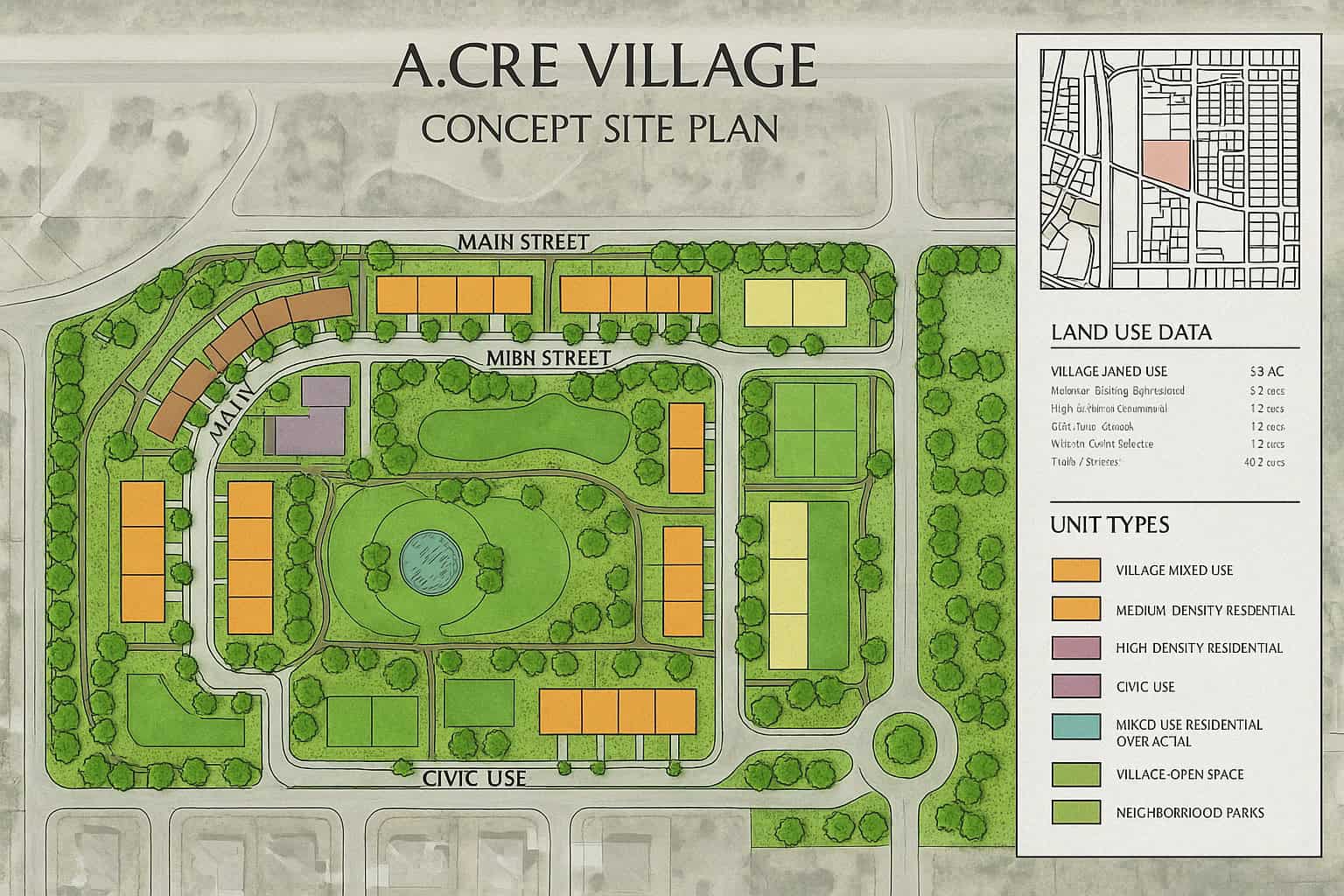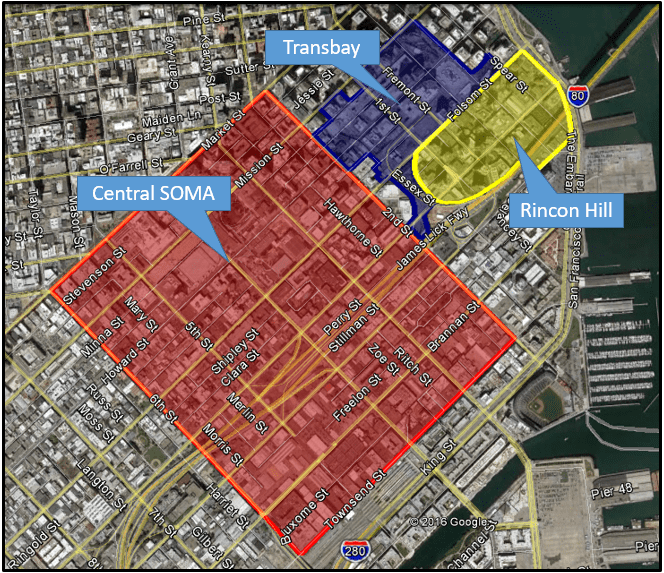Residential Land Development Pro Forma (Updated July 2025)
As many of you know, I started my career in residential land development first as a broker and later as a principal. During that time, I built my fair share of residential land development Excel pro formas, modeling returns and forecasting cash flows for my clients and investor partners.
I’ve since transitioned into the institutional side of commercial real estate investments and don’t have opportunities to model these types of deals anymore, but I nonetheless still possess the skills to pound out a quick land development model in Excel when necessary.
Over the years, I’ve received numerous requests to put out a back-of-the-envelope model for developers of single-family lots. So, this model is on account of those requests.
Since releasing this model several years back, I’ve made several updates to the model including the ability to now include a second phase in your analysis and the option to also model partnership-level (i.e. equity waterfall) returns.
Note: New features will end for this model at version 2.0 – I will continue to rollout bug fix updates. Since releasing this model in 2018, it has gone through 12 updates. However, over the past year, I’ve received numerous requests for a land development model that also had the option to include vertical construction (e.g. townhomes or multiple single-family homes), as well as the ability to model non-residential land development scenarios. So, I’ve since released my Land Development Model for Multi-Scenarios that is a more robust alternative to this model.
Back-of-the-Envelope Land Development Model – What’s Under the Hood?
This is a basic, back-of-the-envelope model for quickly calculating the potential returns and/or estimating the land value of a prospective project. The model spits out a summary of the estimated internal rate of return and equity multiple for the project, both on an unlevered and levered basis based on various assumptions. It also calculates equity required, with or without financing, as well as calculates the absolute equity at risk (equity in before entitlements).
To start, you’ll first set whether to analyze whether the project has one or two phases. You’ll then drop in some simple land-specific inputs for each phase: land purchase price, earnest money amount, due diligence cost and length, closing month, closing costs, land size in acres, and number of to-be-entitled lots.
Next, you’ll enter entitlement assumptions (length and costs) and construction assumptions (length and cost). Finally, you’ll enter assumptions related to financing (rate and loan-to-cost) plus lot sales assumptions (absorption period, finished lot sales price, and closing costs).
With your assumptions properly modeled for each phase in your analysis, the Workbook runs an analysis up to 120 months of unlevered and levered monthly cash flows. The analysis allows for up two phases of construction, however with a little tweaking you can easily adapt the model to work with more than two-phase projects.
Video Tutorial of the Land Development Model
I put together a simple video that explains the different assumptions and outputs of the model. I also talk through what the model is and isn’t (it’s a back-of-the-envelope model, not a comprehensive analysis tool). The video was created using version 1.0, before the option to include a second phase was added. Nevertheless, the methodology and assumptions are largely the same. As time permits, I’ll record an updated video to go with v1.20+.
Video Update of Changes Since Initial Release (As of Dec 2019)
In this video, I walk you through the most significant updates to this model since its initial release several years ago. Those updates include the ability to analyze up to two phases, the addition of a more robust sales and project cost forecasting module, and the inclusion of partnership-level return calculations.
Download the Residential Land Development Pro forma
To make this model accessible to everyone, it is offered on a “Pay What You’re Able” basis with no minimum (enter $0 if you’d like) or maximum (your support helps keep the content coming – typical real estate Excel models sell for $100 – $300+ per license). Just enter a price together with an email address to send the download link to, and then click ‘Continue’. If you have any questions about our “Pay What You’re Able” program or why we offer our models on this basis, please reach out to either Mike or Spencer.
We regularly update the model (see version notes). Paid contributors to the model receive a new download link via email each time the model is updated.
Frequently Asked Questions about the Residential Land Development Pro Forma
Version Notes
v2.2
- Added toggle to choose whether equity is funded in Month 1 or as needed
- Dropdown (Equity Funding Timing:) added to cell G5 of ‘Partnership-Level Analysis
- Logic on Rows 19 and 27 of Partnership-Level Analysis worksheet rewritten to account for ‘Equity Funding Timing’ input
- Minor changes to placeholder values
- Misc. formatting updates
v2.11
- Updated/fixed links on Versions tab
- Minor changes to placeholder values
- Misc. formatting updates
v2.1
- Fixed formula (C25, C32, C117, C124) for Net Profit on the Project-Level Analysis tab; was not spanning the entirety of the 120 month range
- Fixed formula (C24, C116) for Equity Required on the Project-Level Analysis tab; was not spanning the entirety of the 120 month range
- Minor changes to placeholder values
v2.0
- Fixed issue where Development Fee wasn’t included in Summary profit calculation
- Changed the label of ‘Entitlement Cost’ to ‘Soft / Entitlement Cost’ in the Summary table
- Added link to Best Practices in Real Estate Financial Modeling guide to Version tab
v1.9
- Cleaned up unnecessary links in deprecated Named Cells
- Updated ‘Phases to Analyze’ drop-down to make the logic more clear (cell O4)
- Updated Conditional Formatting to accommodate ‘1 Phase’ vs. ‘2 Phase’ input
- Fixed issue with Conditional Formatting where certain cells were still visible, that shouldn’t be
- Misc. formatting enhancements on Partnership-Level Analysis tab
v1.8
- Renamed ‘Entitlement’ – ‘Soft Costs / Entitlement’
- Renamed ‘Other Entitlement Costs’ to ‘Other Soft Costs’
- Added ‘Development Fee’ line item to ‘Project-Level Analysis’ tab
- Linked Development Fee on Partnership-Level Analysis tab to Development Fee line on Project-Level Analysis
- Adjusted Levered Net Cash Flow line on Partnership-Level Analysis to add back in Development Fee
- Misc. formatting enhancements
v1.7
- Built budget forecasting module for each of the project budget line items
- Added columns C:E
- Option to choose start and end month for each budget line item
- Revised assumptions section to move timing assumptions to the left of cash flows
- Updated for both phase I and phase II
- Added Lot Sales forecast module with option to forecast straight-line (i.e. Simple) or Detailed
- Renamed ‘Phase Length’ to ‘Phase End Month’
- Fixed issue where Sponsor Fees were not flowing into Sponsor return calculation
- Revised Interest Expense calculation to move cash flow to charge cash flow on ending balance of previous month
- Misc. formatting enhancements
v1.6
- Added Profit and Loss section to each phase and to combined
- Added Phase I vs. Phase II timing in summary
- Fixed issue where combined cash flow header was using different month end date than phases
- Fixed analysis end month formula; had been calculating one additional month
- Misc. formatting enhancements
v1.5
- Fixed error where total calculations (Column C) were not including all periods
- Misc. formatting updates and enhancements
v1.4
- Removed period 0
- Edited date header on Project-Level Analysis to be the last day of month to match Partnership-Level module
- Added Partnership-Level Returns module
- Monthly compounding IRR hurdles (i.e. XIRR hurdles)
- No promote paid until LP receives full return of capital plus preferred return is paid
- Promote paid from partnership interest
- Option to add sponsor fees
- Misc. formatting updates and enhancements
v1.3
- Fixed issue where earnest money was improperly calculated
- Added logic that hides Phase II calculations when only one phase is selected
- Misc. formatting improvements
v1.2
- Added version tab to model
- Added Summary section
- Complete overhaul of Phase I calculations to allow for duplication
- Dupicated Phase I cash flows, creating a Phase II option
- Added Combined Phase I & II Cash Flow section
- Extensive formatting changes








